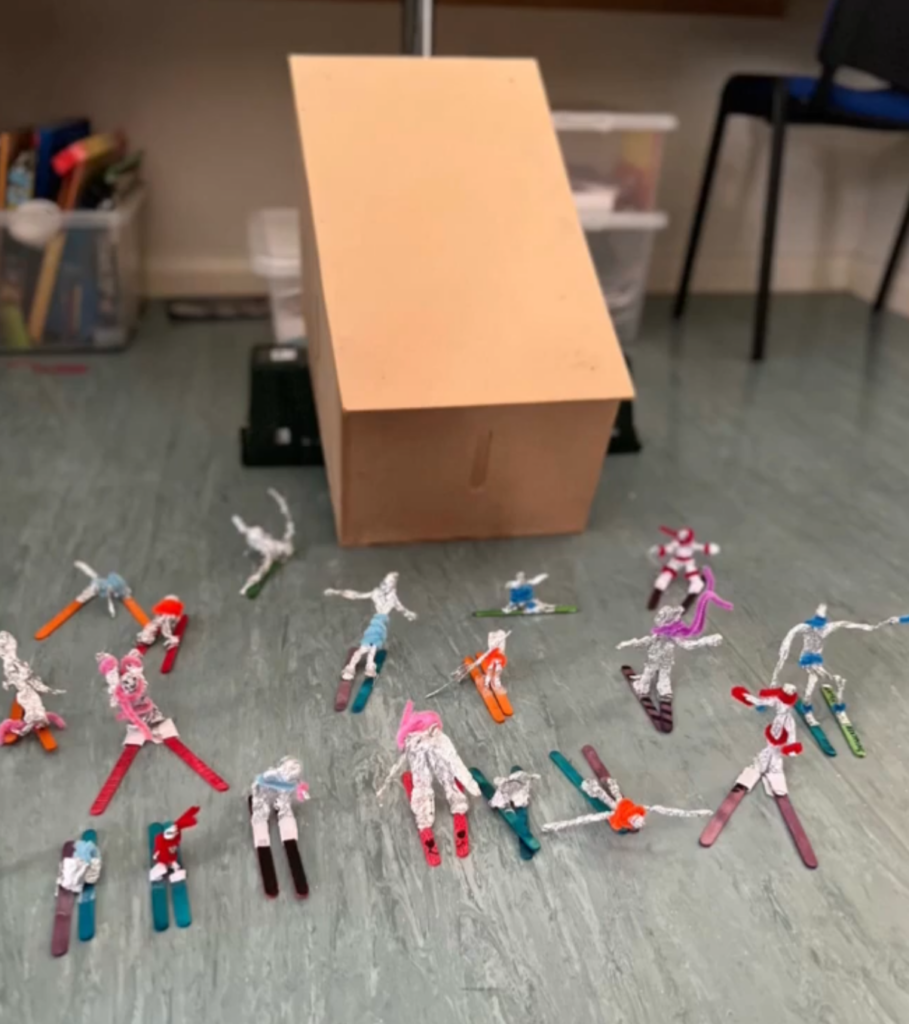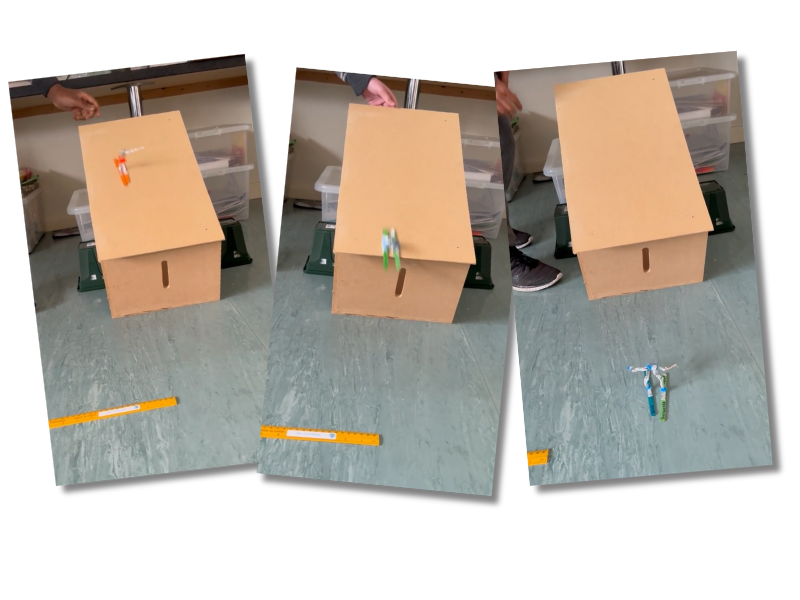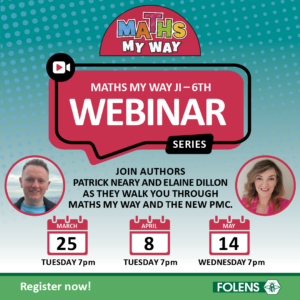January can be a particularly challenging month due to shorter daylight hours and colder weather, which may impact energy levels and motivation. Thankfully, playful activities can help to stimulate energy and curiosity, countering those mid-winter doldrums and helping to kick start a new year.
After the winter holidays, children (and let’s be honest, teachers too!) often return to school feeling both refreshed but perhaps a little bit distracted. It’s cold, it’s damp and the twinkle and fun of December is a just a memory. A wintery new year looms and with it often comes a return to a more traditional teaching and learning than we saw in our classrooms throughout December.
Harness the fresh start opportunity
It’s never too late to bring learning through play – or even just playful elements – into your daily teaching. Make it one of your New Year’s Resolutions!
Playful activities can help rekindle a child’s interest in their learning and help to create a welcoming atmosphere. Playful learning also encourages collaboration, communication and problem-solving, which are essential skills for all children. This is particularly valuable at the start of the new year when fostering and re-establishing a positive classroom community can set the tone for the months ahead. Games, role-playing or creative projects can all inspire students to set new goals, take risks and explore new ways of thinking.
After the break, children may also need a refresher on material learned in the previous term. Playful activities provide an enjoyable and low-pressure way to review and reinforce key concepts, making revision learning more accessible and memorable.
So where do the skiers come in?
Integrated STEM activities are a great way to make learning more meaningful for children. This low-prep, playful activity is one you might want to try with your class to bring some playfulness into Winter classrooms.

Inspired by the Winter Olympics, our three 6th classes now take on the Tin Foil Skier Challenge and it is one of our go-to activities each January that can guarantee an afternoon of engagement, curiosity, problem-solving and fun while also continuing further into the coming weeks. I link and integrate my plans around it in my class and it can easily be aligned with a range of specific learning outcomes.
For this activity, you will need:
- Some tinfoil/kitchen foil
- Pipe cleaners or similar
- Lollipop sticks
- Boxes and scrap cardboard to make a ski jump/ramp
The challenge
Each child, pair or group has a 60cm x 60cm square of tinfoil, a pipe cleaner and two lollipop sticks. The challenge is to make a skier from their materials – not only a skier who had the capability to stand….. but also to ski!
The children have to work out what position the skier should be in to maintain balance.
We then compete our tinfoil skiers against each other to see which Winter Olympian can jump the furthest off a ramp and remain upright!

Connecting the challenge with the broader curriculum
We invariably see a high engagement from the children in making and testing their skiers, making it a great way to ‘jump off’ into various elements of the curriculum.
Here’s how I have tied our tinfoil skiers into different subjects and themes in my class:
In Art…
Exploring sculptural techniques and materials in art; discussing the properties of tinfoil (malleability, texture, reflectivity) and its use in sculpture.
Encouraging the children to experiment with form, balance, and proportion to help give the impression of a skier in motion.
As a follow up activity or as part of their reflection, I have the pupils design a “ski slope” background for their skier, incorporating elements of perspective and scenery.
In Science…
Looking at motion, forces, and balance in science. Discussing how skiers maintain balance and move down slopes. Using the tinfoil skier to demonstrate concepts like centre of gravity, friction, and aerodynamics. Testing how different designs affect balance, for instance, add a ski pole or change the skier’s pose.
In PE…
In PE, learning about sports, fitness, and body movement. Discussing skiing as a physical activity, focusing on coordination, balance and strength. Relating the skier’s pose to the real-world mechanics of skiing. Including a role-playing activity where students mimic skiing movements to understand posture and balance.
In Maths…
Exploring geometry, measurement and proportions to link this activity to maths. Measuring the tinfoil skier and compare its dimensions to those of a real skier. Discuss scale and proportion. Calculating the skier’s height-to-width ratio or create slopes with specific angles and analyse how a skier might move down them. As part of the challenge, we measure the distance each skier jumps off the ramp and record it. We use the data to calculate the difference between first and second, first and last place etc.
In Geography…
As part of the geography curriculum we engage in research on winter sports locations and climates. Researching famous skiing destinations and their geographical features. We link this to how skiers adapt to different terrains and weather conditions. You might want to create a map of ski resorts or discuss the importance of snow and weather patterns for skiing.
A follow-up project on skiing related topics (locations, famous skiers etc) could be carried out by the children in place of their homework for a week or two.
In Language…
Oral language is naturally enhanced and developed in an activity like this, but creative writing and storytelling can also be featured. Ask the children to write a story about their skier’s adventures, incorporating descriptive language and elements of narrative structure or collaboratively create a class story where each student contributes a part involving their skier.
In History…
Explore the culture and history of skiing. Discuss skiing’s origins and its significance in various cultures. Connect this to Winter Olympics traditions. Research historical developments in skiing equipment and techniques.
Over to you!
By integrating the creation of a tinfoil skier into multiple subjects, I have found it can provide a holistic learning experience that engages creativity while meeting curriculum goals.
Maybe try it with your class and let us know how you get on in the comments!
More reflections on play centred learning from Gillian:
https://www.instagram.com/the_glitter_and_coffee_teacher


Leave a Comment